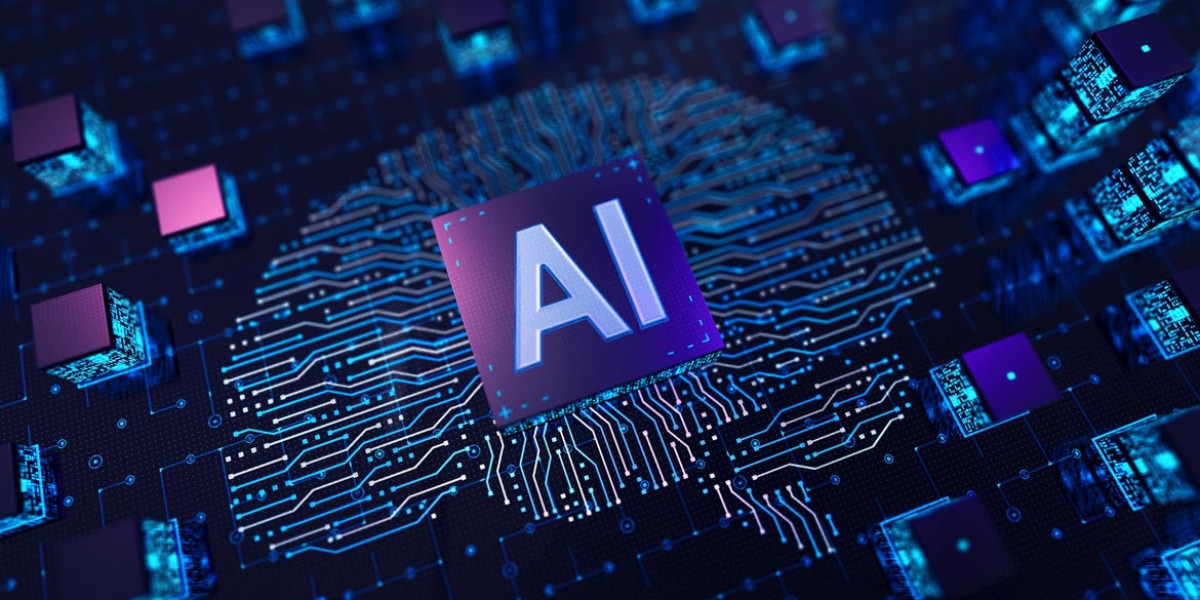In recent years, the integration of Artificial Intelligence (AI) in education has transformed the way students learn and interact with educational content. One of the most promising applications of AI in education is generative AI, which has the potential to revolutionize the creation of customized learning materials and interactive experiences for students. This article explores how generative AI is reshaping education, offering personalized learning paths, and creating engaging learning experiences.
Personalized Learning Paths
Generative AI algorithms analyze vast amounts of data to understand each student's learning style, preferences, and proficiency level. This information is then used to create personalized learning paths that cater to the individual needs of each student. For example, a student who excels in mathematics but struggles with reading comprehension may receive different learning materials and assignments compared to a student with the opposite strengths and weaknesses.
By providing personalized learning paths, generative AI enables students to learn at their own pace and focus on areas where they need the most improvement. This personalized approach can lead to better learning outcomes and increased student engagement.
Customized Learning Materials
Generative AI can also be used to create customized learning materials tailored to the specific needs of students. For example, a language learning app powered by generative AI may generate sentences and conversations based on a student's proficiency level, interests, and learning goals. This allows students to practice their language skills in a context that is relevant and engaging to them.
Furthermore, generative AI can create interactive learning materials such as quizzes, games, and simulations that enhance the learning experience. These interactive materials not only make learning more fun and engaging but also help students retain information more effectively.
Interactive Experiences
Another exciting application of generative AI in education is the creation of interactive learning experiences. For example, generative AI can be used to create virtual reality (VR) simulations that allow students to explore historical events, scientific concepts, or complex theories in a virtual environment. This hands-on approach to learning can deepen students' understanding of the subject matter and make learning more immersive and memorable.
Similarly, generative AI can be used to create chatbots that simulate conversations with historical figures, scientists, or fictional characters. These chatbots can engage students in meaningful conversations, answer their questions, and provide feedback on their learning progress.
Conclusion
Generative AI has the potential to revolutionize education by providing personalized learning paths, creating customized learning materials, and offering interactive learning experiences. By leveraging the power of AI, educators can cater to the individual needs of each student, make learning more engaging and effective, and prepare students for success in an increasingly digital world. As generative AI continues to evolve, its impact on education is expected to grow, paving the way for a more personalized and interactive learning experience for students around the globe.








